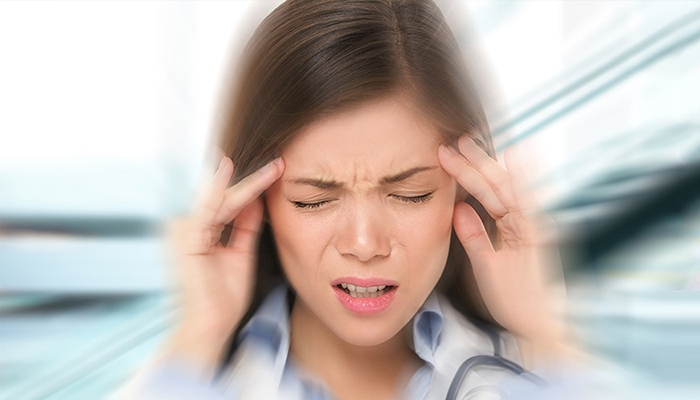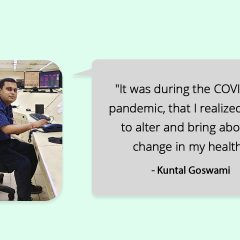
It came across as strange initially when I said that the world around me was spinning and that my entire room seemed to be in constant motion. Basically, I used to find the floor of my bedroom, the bed, and the room itself was in constant motion (not literally spinning or in constant motion, but I felt that way). I had to walk around supporting myself using the wall, furniture, anything that was close by, and if nothing was available, I literally had to crawl. Finally, I was diagnosed with something called Vertigo.
Vertigo is the feeling that you or your environment is moving or spinning. It differs from dizziness in that vertigo describes an illusion of movement. When you feel as if you are moving, it’s called subjective vertigo, and the perception that your surroundings are moving is called objective vertigo.
A few causes and types of Vertigo:
Benign Paroxysmal Postional Vertigo: Tiny calcium particles called canaliths clump up in the canals of the inner ear. This could also be caused due to sudden movement of the head, resulting in the dislodgement of the crystalline structures in the ear’s balance detectors.
Meniere’s Disease: This is an inner ear disorder caused by changing pressure in the ear and a buildup of fluid in the ear.
Labrynthitis: Inner ear viral or bacterial infection
Bleeding in the brain: Vertigo can be caused by decreased blood flow to the base of the brain. Bleeding into the back of the brain (cerebellar hemorrhage) is characterized by vertigo, headache, difficulty walking, and an inability to look toward the side of the bleed. The result is that the person’s eyes gaze away from the side with the problem. Walking is also extremely impaired.
Some other less evident causes:
Head or neck injury.
Stroke, tumor, diabetes mellitis, atherosclerosis
Migraine
Certain medications
Hormonal fluctuations in menopausal women.
Most common symptoms are: Spinning, loss of balance, headache, sweating, nausea, and yes I have experienced all of this at one go.
Treatment for Vertigo: Treatment depends mainly on what’s causing it. There are a variety of treatments for vertigo, including self-care remedies, medications, and physical therapy maneuvers.
Let us look at some of the treatments
Benign Paroxysmal Positional Vertigo: Posture correction exercises, head and neck strengthening exercises help with this type of vertigo. It has helped me too. Apart from this Vitamin D supplementation may be beneficial for patients diagnosed with benign paroxysmal positional vertigo. However, before that, you need to check if you have a Vitamin D deficiency.
Meniere’s Disease and Labrynthitis: These two are usually treated with anti-inflammatory and diuretic medicines. However, natural foods like ginger root and curcumin aid in speeding up the recovery process.
Stroke, Atherosclerosis, Diabetes, Hypertension: Dietary modifications like avoiding junk, simple sugars, refined flours, and incorporating complex carbohydrates, more fruits and vegetables, and whole grains can help improve symptoms of vertigo.
Avoiding red meats, packaged and preserved foods like frozen meats like salamis and sausages, various sauces, chips and wafers (foods high on sodium), and replacing them with fatty fish and lean meats can improve both vertigo or any of the cardiovascular and lifestyle diseases mentioned above.
Understanding vertigo and its various causes can help in managing and treating it effectively. By incorporating lifestyle changes and seeking appropriate medical care, individuals can find relief from the discomfort and distress caused by vertigo. Remember, with the right approach, you can manage vertigo and lead a healthier, more balanced life. For further information or guidance, reach out to our certified experts by subscribing to GOQii’s Personalised Health Coaching here.
#BeTheForce




Excellent blog. This blog gave the all important information related to dizziness and vertigo which is helpful for vertigo suffering person. Very Nice…
Dr. chitale ENT hospital is the best ENT centre.
Visit: http://www.chitalehospital.com